Throughout April and May I’ll be focusing on one of my favorite art business topics: art licensing! There are many nuances to licensing and how to get licensing clients, so I’ll be sharing more about that in the coming weeks.
Defining Art Licensing
If you’re not sure what art licensing is, a simple way to put it is that it’s like “renting” your artwork to other companies for products like stationery, home decor, fabric, wallpaper, and so much more.
While there are some standards in the industry, generally every licensing arrangement is different from the next in some way. That’s because there are so many different companies looking for different artists; a variety of styles; and of course a wide range of product types. Not to mention the unique details in every licensing contract or legal agreement!
I started licensing my artwork in 2015. I spent about a year before that consistently making and sharing my artwork, and a few years before that focusing on graphic design clients.
I could go on about how much I love licensing, but for now I’ll say I enjoy the flexibility it brings to my life (hello, passive income!), seeing my designs on so many different products, and creating the kind of artwork that I love to make.
But if you’re interested in getting into licensing, how do you know if you’re ready? Let’s go over some important factors, and I’ll explain exceptions for each, too.
You have a solid body of artwork.
If you want to license your first artwork, you should have a solid body of artwork behind you. There is no magic number that will make sure you’re “ready”. The most important thing here is that you are developing your unique voice. High quality and unique work is more important than the specific number of artworks you have.
However, inside your licensing portfolio, aim for 20 pieces of your best work at minimum.
I do want to note that even if you haven’t spent lots of time creating artwork yet, that doesn’t mean you can’t learn about art licensing now! You can spend some of your time learning all about it, so you’re laser-focused on making licensable artwork.
You can also try your hand at competition-based sites like Minted or Spoonflower to help you get started. If you’re brand new to making art, the design briefs on sites like those, in combination with seeing which designs win, can help you understand what is marketable. But remember, Minted and Spoonflower have their own unique customer types. So what is considered marketable there, may be totally different from another company’s perspective. And one other caveat, make sure you read their competition terms and are comfortable with how they end up using your art.
Bottom line: the more you practice, the more your unique perspective shines through, and the more marketable your work can become.
You’re open to learning about the legal side.
Say you land your first licensing client. Amazing! But you do want to make sure you have a full understanding of any licensing deal. Whether that’s doing your own research, consulting a licensing attorney, or even clarifying with the client.
I know it may sound a little daunting, but it can actually be kind of fun if you let it. And remember, you don’t have to enter any sort of deal you’re not comfortable with. I think that knowledge alone can help empower you to make decisions out of confidence, and not fear.
If you know right away you don’t want to deal with anything like that, you could seek out an art agent to help you. Both attracting an agent and finding the right one for you is it’s own journey, but know that is an option.
You’re willing to put yourself out there.
While some clients may come to you, that’s only after you’ve put yourself out there, mostly online but even in-person, too.
There’s no reason to create this big portfolio of artwork with the intention of licensing it, if you’re not comfortable sharing about it online. It’s crucial to create an online presence for yourself through your website and social media. To do that consistently and professionally does take hard work. But, you’re passionate about this, right? Every week you should be sharing about your process, finished pieces, new collaborations and more. (On that note, here’s how to protect your artwork online.)
You also will need to be ready to pitch yourself to potential clients. That may sound scariest of all. And honestly, it is! But if you can think of this from a business perspective, and not a personal one, it will help push past any fear. Remember that while your art is personal, being rejected does not mean your art is bad. If you need to improve, you’ll do that, and if you just need to find the right fit client, you’ll do that, too.
You’re in it for the long-haul.
I wish I could tell you that after having a solid body of work and putting yourself out there, you’ll find immediate success in licensing. But it does take time. It takes time to further refine your style, find the right contacts, and get noticed by clients. It even takes time to build up a solid income in licensing, because your first project isn’t very likely to bring you a full-time income. Each project snowballs off the next, and as you become more known and your work is in more demand, you can earn even more.
But if you’re able to be patient (even if that doesn’t come naturally to you, because trust me I get that), it can pay off in so many rewarding ways. Not just financially, but the fun of being able to collaborate with brands you love, see your dreams realized, and share fun products with your audience, family, and friends. Oh and, you get to make artwork for a living – how amazing is that?!
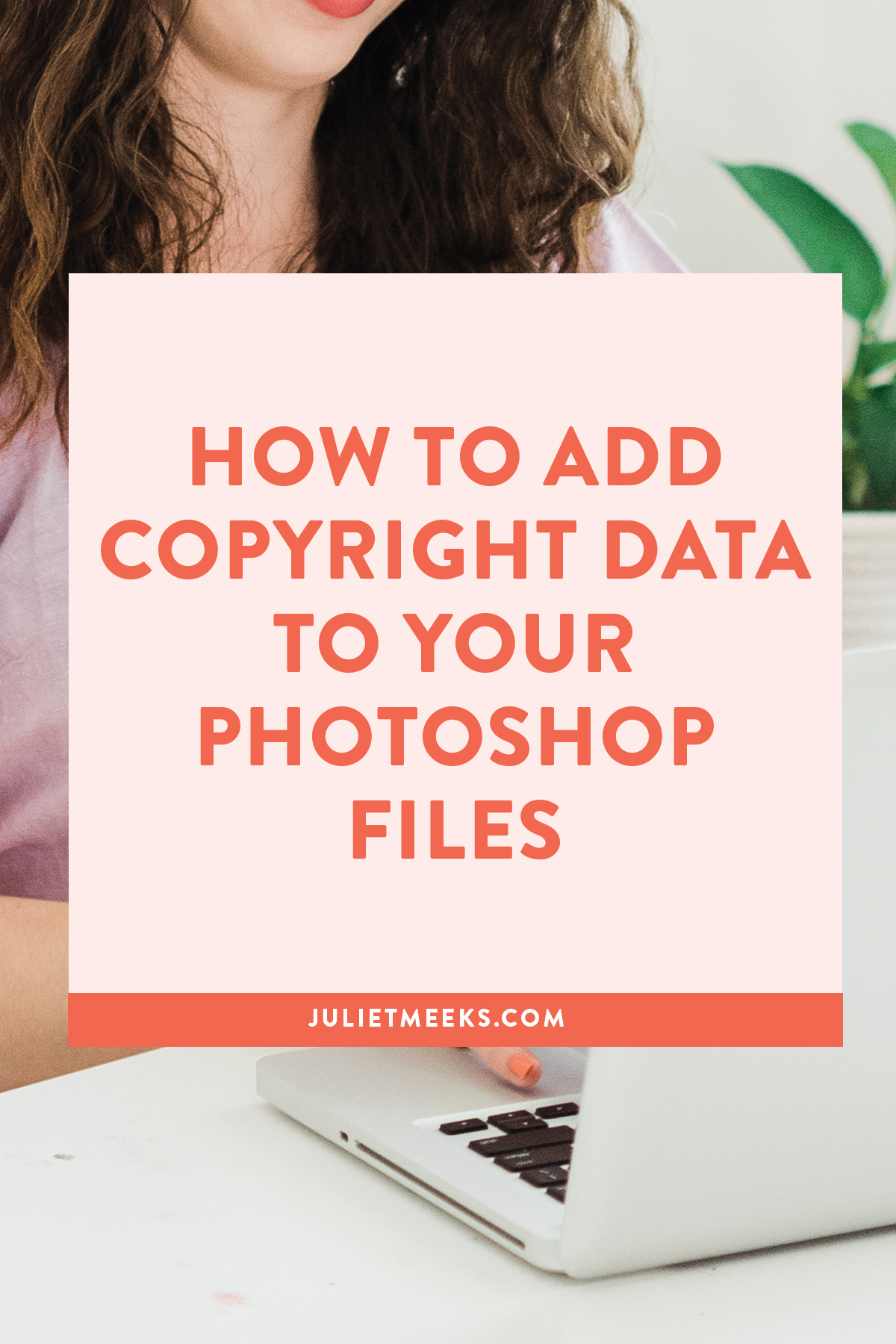
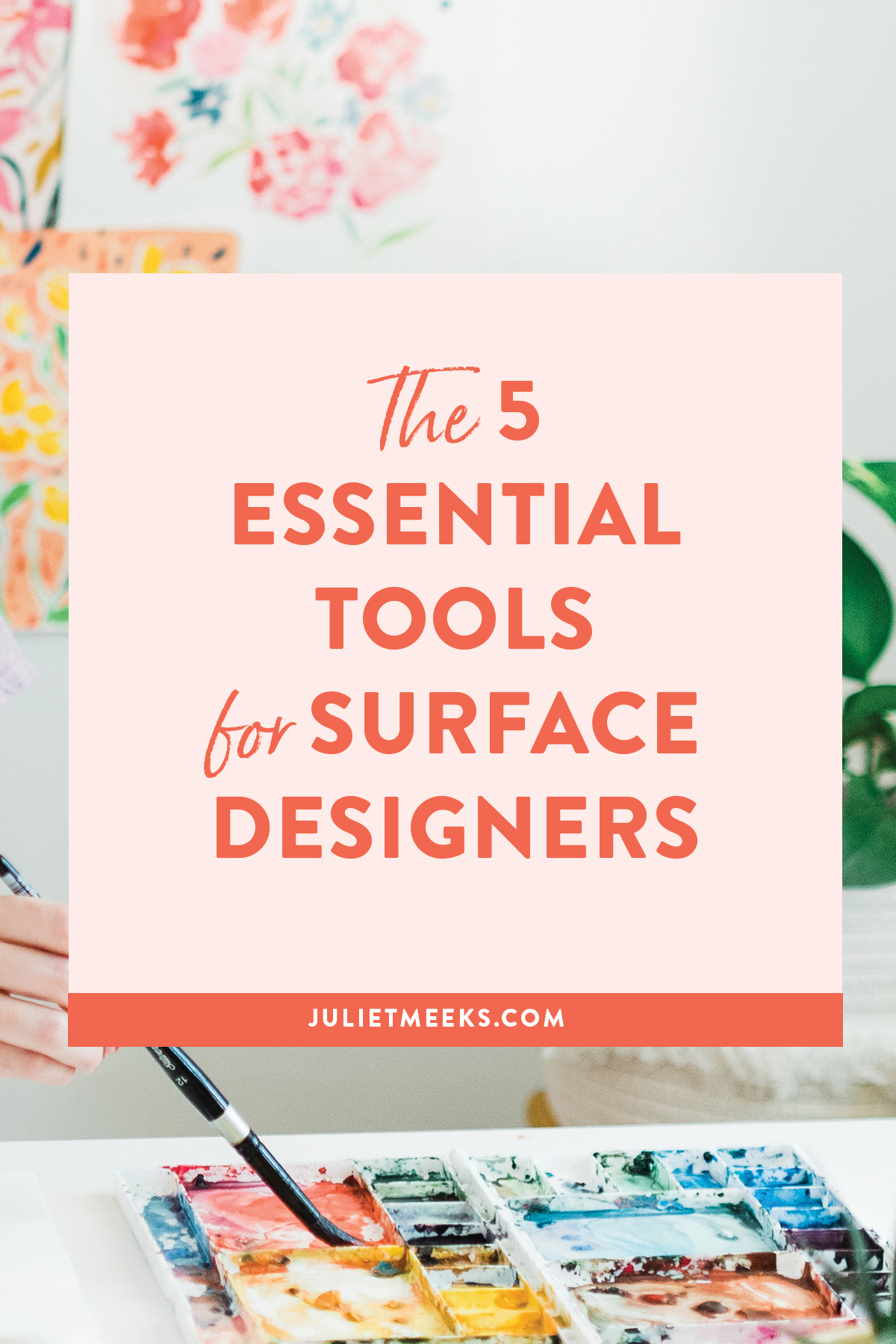

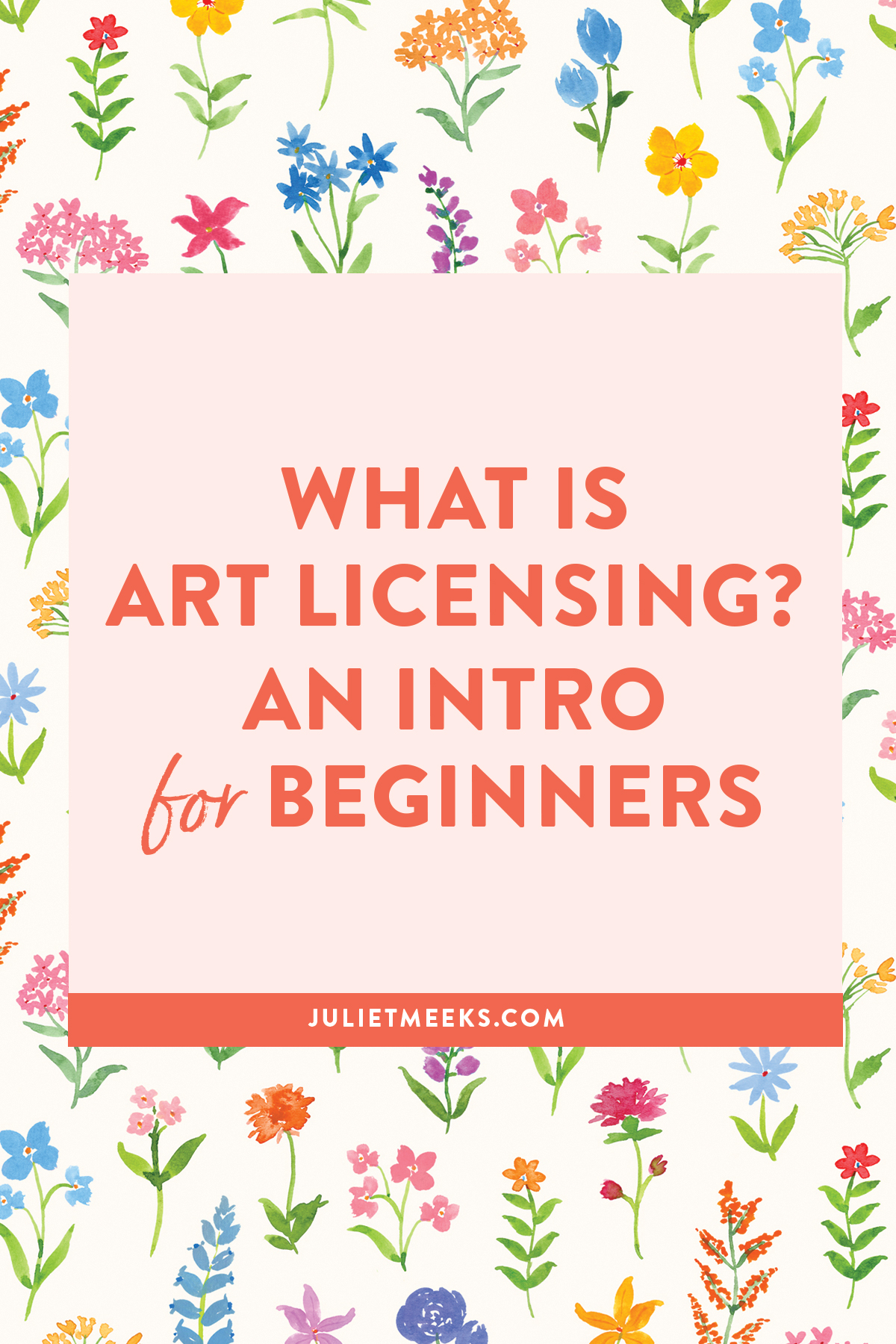
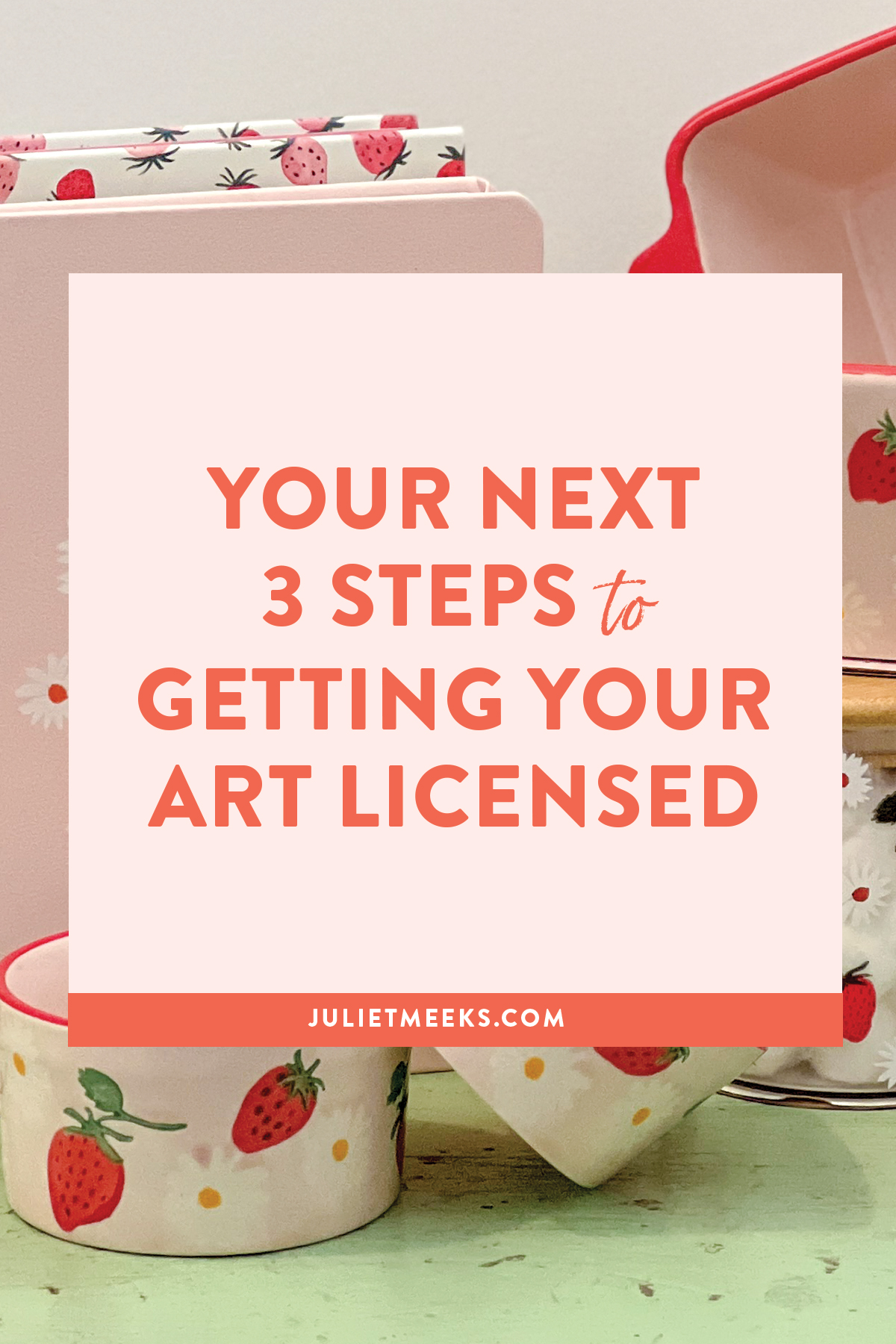
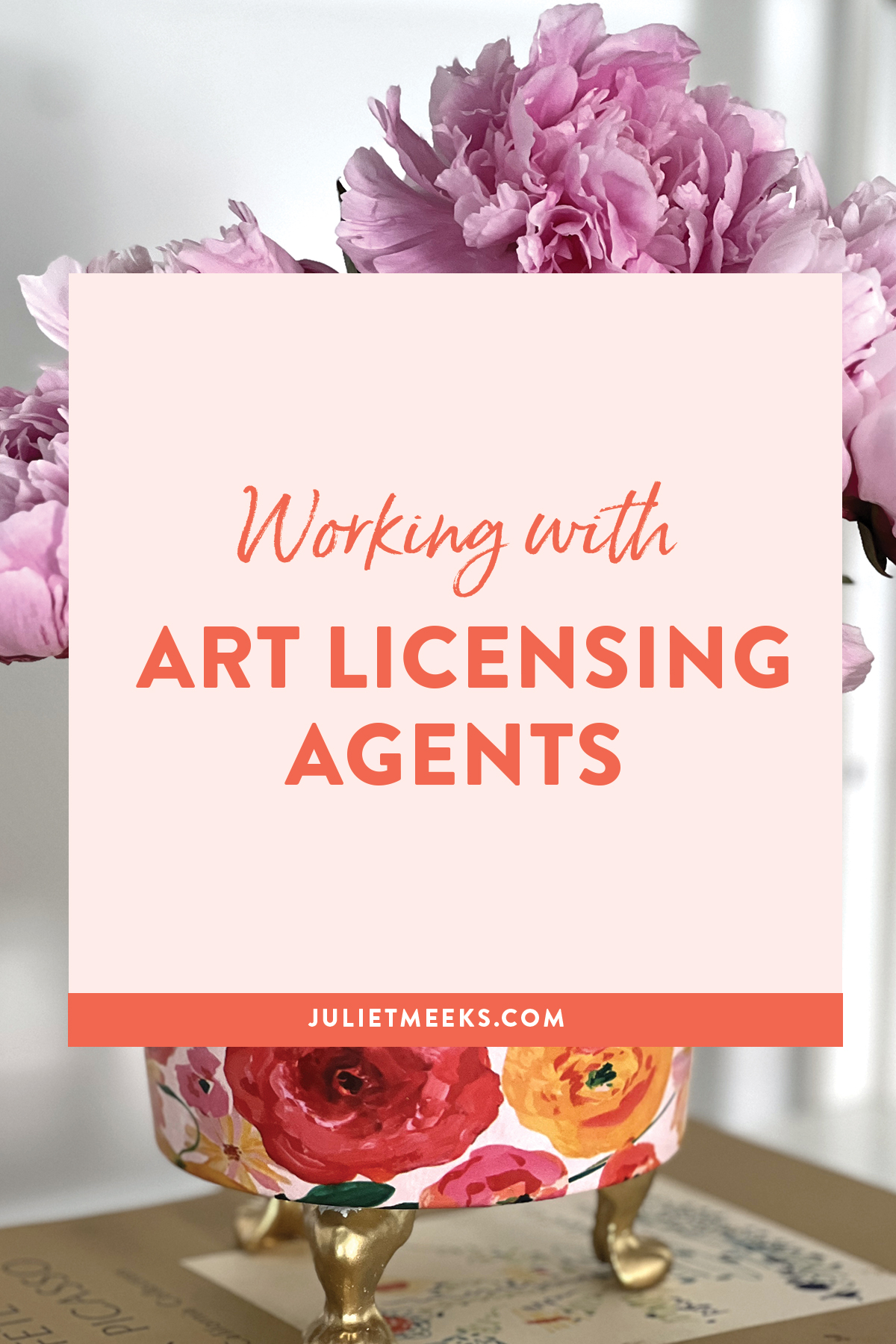
+ show Comments
- Hide Comments
add a comment